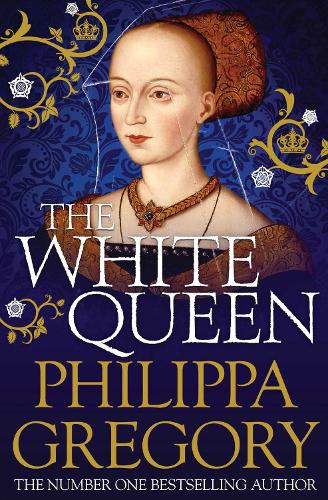
However, on the death of Richard III, Henry VII claimed the throne in the name of Lancaster and the Tudors. After Richard claimed the throne, Elizabeth’s brothers disappeared from the Tower of London, leaving her line with no heir. The book begins where the other three left off, with the death of Richard III on the battlefield at Bosworth. The last novel, that of the White Princess, focuses on Elizabeth of York, daughter of Elizabeth Woodville, the White Queen of York and Edward IV. What they achieved in such a strictly male envoirnment is nothing less than remarkable. Their stories tell of the difficulties that women in the age underwent, the pains of childbirth, particularly in the case of Lady Margaret who almost died at a very young age giving birth, the panic of protecting their children, heirs to the throne, the pressures of producing a son and heir and navigating a world which was largely dominated by men. Natasha Lunn's Conversations on Love is the most important book you'll read this year READ MORE While Elizabeth lived the privileged life of a Queen, the family was often under threat due to its war against the Lancastrian heirs, she had to enter sanctuary in Westminster Abbey twice and suffered through the disappearance of her own sons after the death of her husband.


The first, The White Queen, outlined the story of Elizabeth Woodville, a young widow who married King Edward IV of the York line for love and gave birth to 10 children by him. Although she has written extensively about the Tudor dynasty, famously about the Other Boleyn Girl, Mary Boleyn, sister to the infamous Anne, her greatest works to date are no doubt the War of the Roses series.īeginning with The White Queen, Gregory has written five books in the series about the women who were behind the throne in this troubled period of English History, the War of the Roses, or to the family itself, The Cousin’s War. Philppa Gregory’s has a unique talent of not only using historical facts to create wonderful works of fiction, but also breathing life into women that have mostly remained in the background in the historical narrative.


 0 kommentar(er)
0 kommentar(er)
